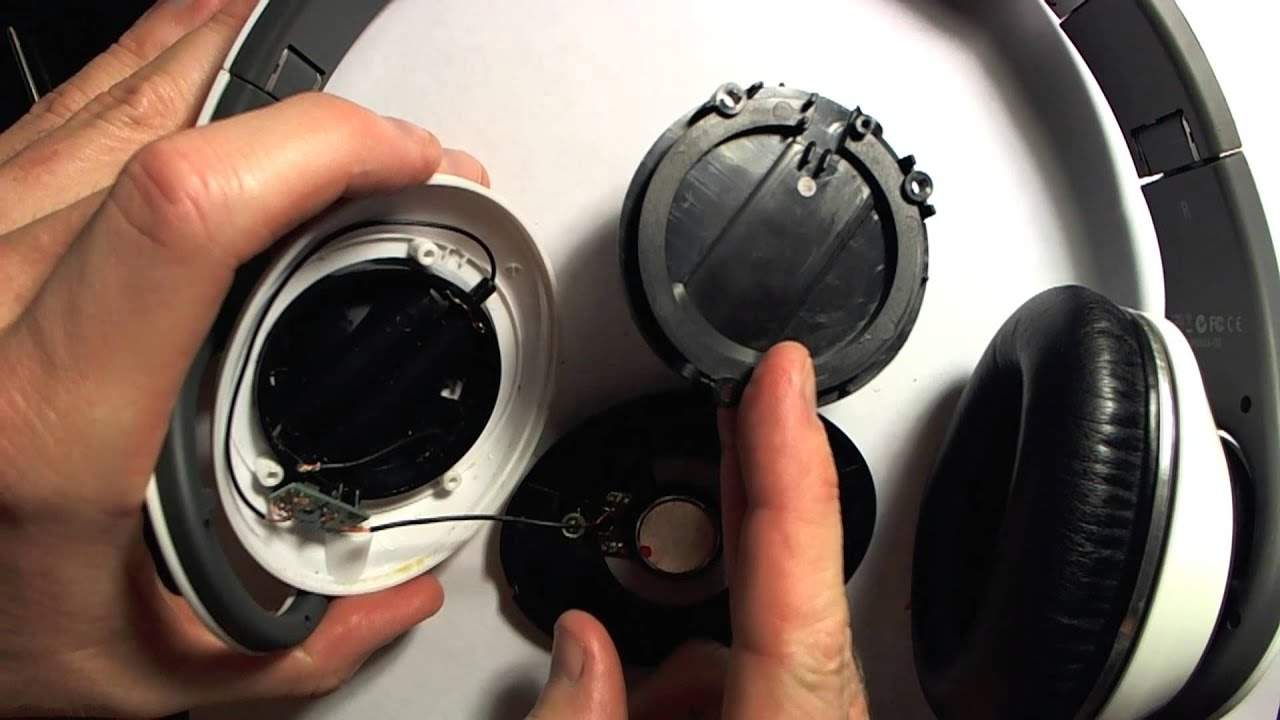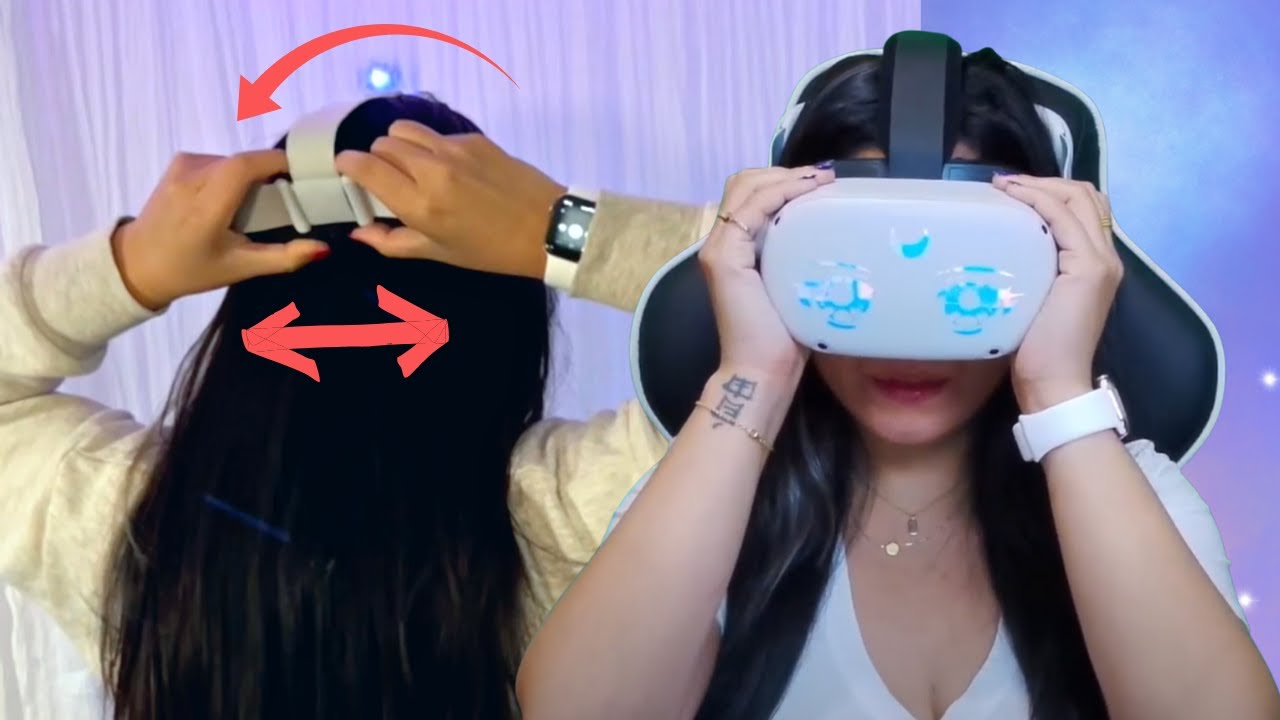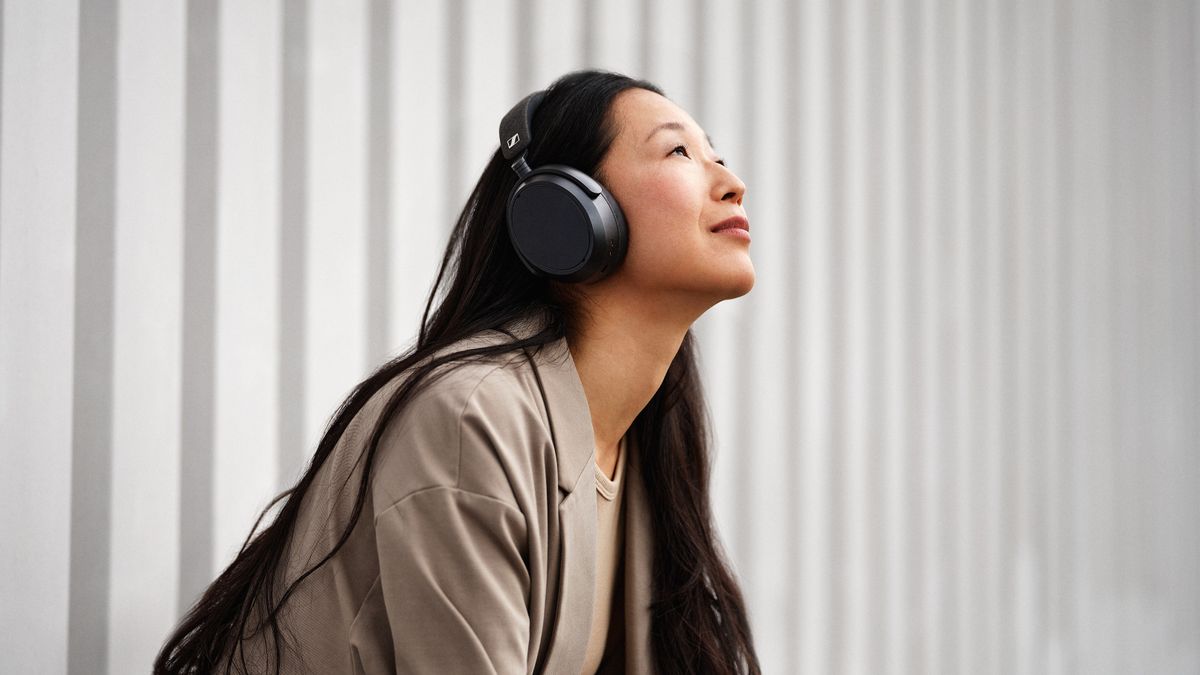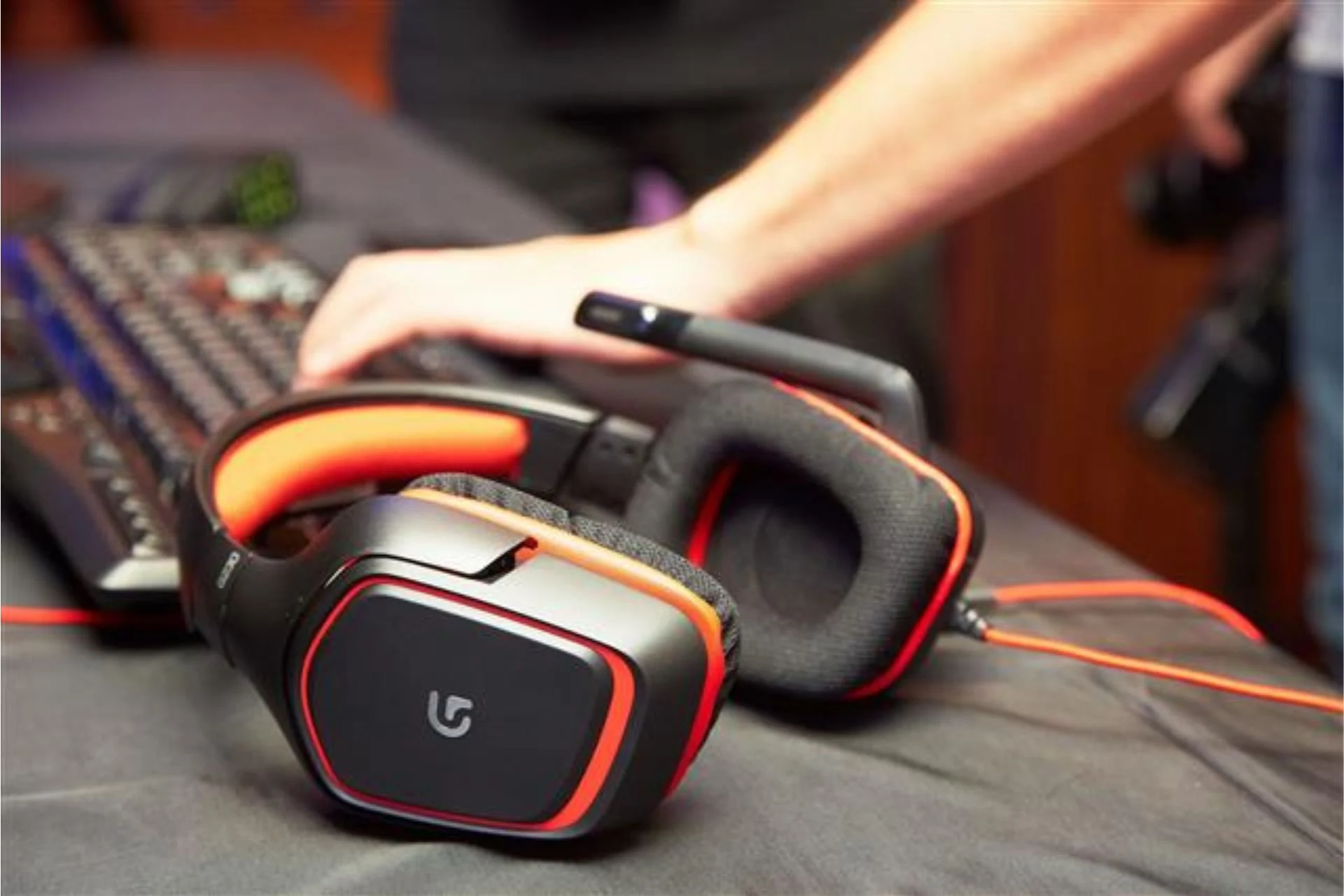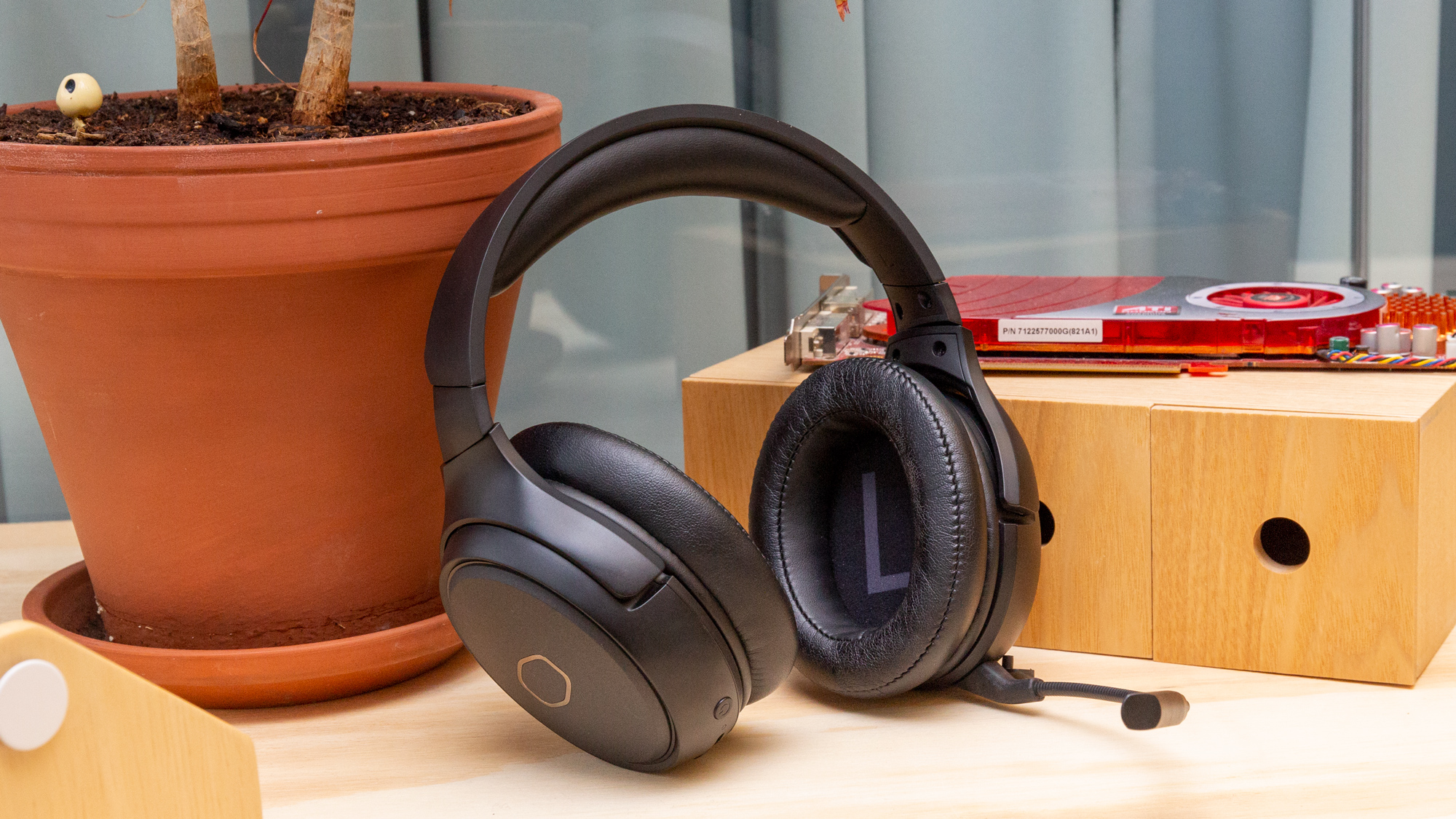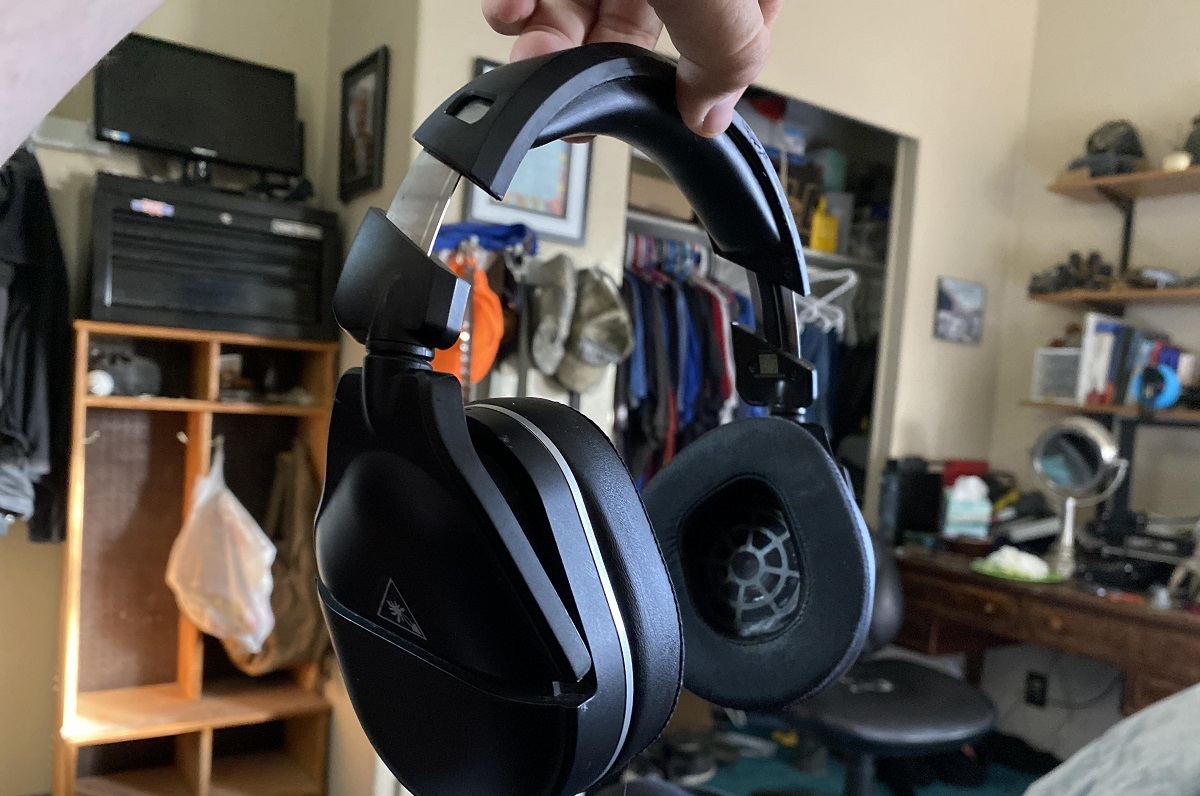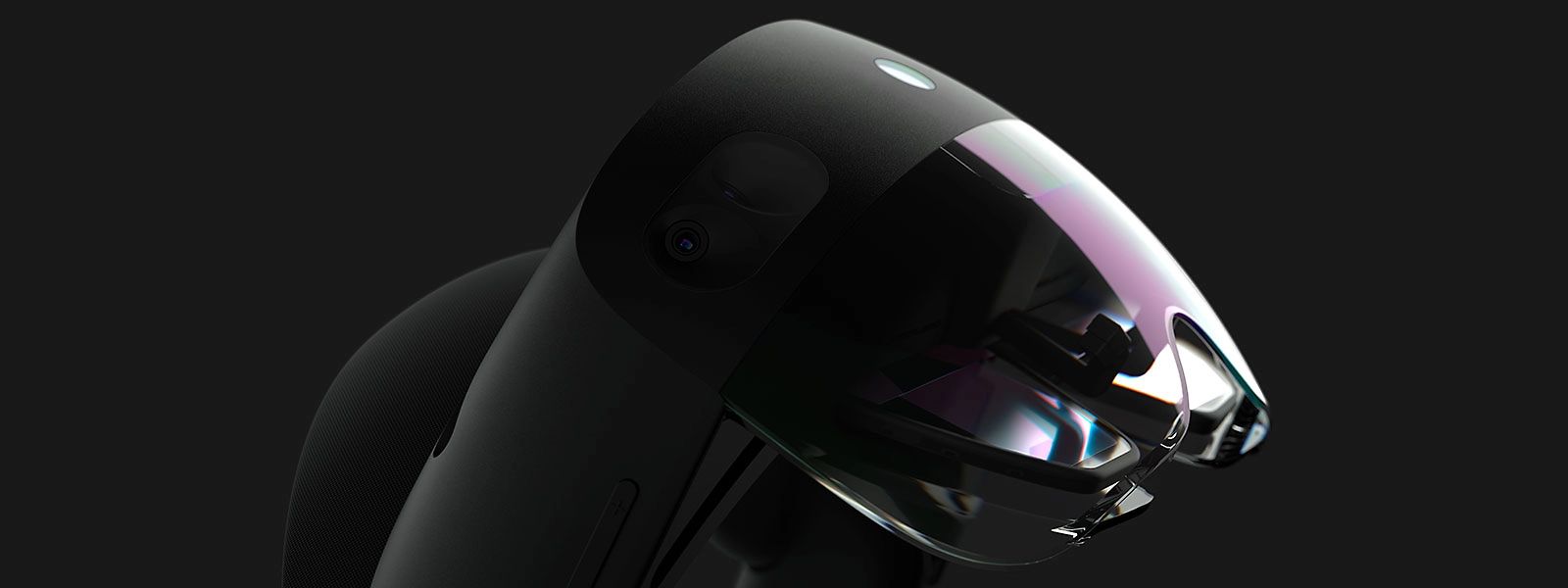Introduction
When it comes to using gadgets, comfort is paramount. Whether you're a professional who spends hours on conference calls or a gamer immersed in virtual worlds, the way you wear your headset can significantly impact your comfort and overall well-being. Properly wearing a headset not only enhances your experience but also minimizes the risk of discomfort and fatigue. In this article, we'll explore the best practices for wearing your headset to ensure comfort and reduce the potential for strain or injury.
Wearing a headset may seem straightforward, but there are nuances to consider, such as selecting the right headset for your needs, positioning it correctly, and making adjustments for optimal comfort. By following these techniques, you can enhance your overall experience and avoid the discomfort that often accompanies extended headset use.
Let's delve into the world of headset ergonomics and discover how to make the most of your headset without compromising on comfort. Whether you're a professional, a gamer, or someone who simply enjoys listening to music, these tips will help you maximize your enjoyment while minimizing the risk of discomfort. So, let's embark on this journey to ensure that your headset becomes a source of pleasure, not pain.
Choosing the Right Headset
Selecting the right headset is the first crucial step in ensuring comfort and optimal performance. With a myriad of options available in the market, it's essential to consider several factors to make an informed choice.
Consider the Purpose
Before purchasing a headset, consider its intended use. Are you a professional who needs a headset for long conference calls? Or are you a gamer seeking an immersive audio experience? Perhaps you're an audiophile who values high-fidelity sound quality. Understanding the primary purpose of the headset will guide you in choosing the most suitable option.
Headset Type
Headsets come in various types, including over-ear, on-ear, and in-ear. Over-ear headsets encase the ears, providing excellent sound isolation and comfort for extended use. On-ear headsets rest on the ears and are typically more compact, making them a portable option. In-ear headsets, also known as earbuds, are lightweight and ideal for on-the-go use. Consider the pros and cons of each type based on your preferences and usage patterns.
Wired vs. Wireless
Another crucial consideration is whether to opt for a wired or wireless headset. Wired headsets offer a reliable connection and consistent audio quality, making them suitable for professional use. On the other hand, wireless headsets provide freedom of movement, making them ideal for gamers and individuals who prioritize convenience.
Comfort and Fit
Comfort is paramount when choosing a headset. Look for features such as adjustable headbands, cushioned ear cups, and lightweight designs to ensure a comfortable fit. Additionally, consider the material of the ear cushions and headband padding to prevent discomfort during prolonged use.
Sound Quality
For audiophiles and gamers, sound quality is a top priority. Look for headsets with high-quality drivers, frequency response, and impedance to ensure an immersive and detailed audio experience. Testing the sound quality before making a purchase can help in making an informed decision.
Compatibility
Ensure that the headset is compatible with your devices, whether it's a computer, gaming console, smartphone, or tablet. Compatibility issues can lead to frustration and a subpar user experience, so it's essential to verify compatibility before making a purchase.
By considering these factors and conducting thorough research, you can choose a headset that aligns with your needs, preferences, and usage patterns. A well-informed decision will set the foundation for a comfortable and enjoyable headset experience.
Proper Positioning of the Headset
Proper positioning of your headset is crucial for maximizing comfort and audio quality. Whether you're engaging in virtual meetings, immersing yourself in gaming adventures, or enjoying your favorite music, the way you position your headset can significantly impact your overall experience. Here's a detailed guide to achieving the optimal positioning for your headset.
Over-Ear and On-Ear Headsets
For over-ear and on-ear headsets, start by placing the headband over the top of your head, ensuring that it rests comfortably without exerting excessive pressure. The ear cups should then be positioned over your ears, creating a snug seal without pressing too tightly. Adjust the headband size if necessary to achieve a secure yet comfortable fit.
In-Ear Headsets
When using in-ear headsets, gently insert the earbuds into your ears, ensuring a proper seal for optimal sound quality and noise isolation. It's essential to find the right size of ear tips to achieve a secure and comfortable fit without causing discomfort or slippage.
Microphone Positioning
If your headset includes a microphone, position it close to your mouth at an optimal distance for clear and consistent voice transmission. Adjust the microphone boom to ensure that it is neither too close to your mouth, causing breathing noises, nor too far, resulting in diminished voice clarity.
Cable Management
For wired headsets, pay attention to cable management to prevent tangling and ensure a hassle-free experience. Position the cable in a way that allows free movement without causing any strain on the headset or discomfort for the wearer.
Gaming Headsets
When using a gaming headset, ensure that the headband is positioned securely on your head, distributing the weight evenly to prevent discomfort during extended gaming sessions. The ear cups should encompass your ears entirely, providing immersive sound and comfortable wear.
Adjusting for Eyewear
If you wear glasses, make adjustments to the headset to accommodate your eyewear without causing pressure points or discomfort. Some headsets feature adjustable ear cups or headbands to cater to individuals who wear glasses, ensuring a comfortable fit for all users.
By following these guidelines for proper positioning, you can optimize the comfort, audio quality, and overall performance of your headset. Whether you're engaged in professional activities, gaming marathons, or leisurely listening to music, the right positioning can make a significant difference in your overall experience.
Adjusting the Headset for Comfort
Achieving optimal comfort while wearing a headset involves fine-tuning various elements to cater to individual preferences and physical attributes. Whether you're settling in for a lengthy conference call, embarking on an immersive gaming session, or simply enjoying your favorite tunes, making the necessary adjustments can significantly enhance your overall experience. Here's a comprehensive guide to adjusting your headset for maximum comfort.
Headband Adjustment
The headband plays a pivotal role in ensuring a secure and comfortable fit. Adjust the headband to align with the contours of your head, allowing for a snug yet gentle grip. It's crucial to avoid excessive pressure on the crown of your head while ensuring that the headset remains securely in place. A well-fitted headband minimizes strain and discomfort, particularly during extended use.
Ear Cup Positioning
Positioning the ear cups correctly is essential for both comfort and audio quality. Ensure that the ear cups encompass your ears fully, creating a seal without exerting excessive pressure. Properly positioned ear cups contribute to effective noise isolation and immersive sound, enhancing your overall listening or gaming experience.
Microphone Adjustment
If your headset includes a microphone, take the time to adjust its positioning for optimal performance and comfort. Position the microphone at an appropriate distance from your mouth to facilitate clear and consistent voice transmission. Avoid placing the microphone too close, which can lead to breathing noises, or too far, resulting in diminished voice clarity.
Cushioning and Padding
Many headsets feature cushioned ear cups and padded headbands designed to maximize comfort. Take advantage of any adjustable features to customize the fit according to your preferences. Ensure that the cushioning provides a comfortable seal around your ears without causing discomfort or pressure points. Similarly, the headband padding should distribute the weight evenly to prevent strain during prolonged use.
Cable Management
For wired headsets, effective cable management is crucial for both comfort and convenience. Position the cable in a manner that allows for unrestricted movement without causing tangling or discomfort. A well-managed cable contributes to a hassle-free experience, preventing distractions and potential hazards during use.
Eyewear Compatibility
If you wear glasses, consider making specific adjustments to accommodate your eyewear while wearing the headset. Some headsets feature adjustable ear cups or headbands to cater to individuals who wear glasses, ensuring a comfortable fit for all users.
By paying attention to these critical adjustments, you can tailor your headset to deliver maximum comfort, allowing you to fully immerse yourself in your activities without the distraction of discomfort or fatigue. Whether you're focused on professional tasks, gaming endeavors, or leisurely entertainment, a well-adjusted headset can elevate your experience to new heights.
Taking Breaks and Avoiding Fatigue
Sustained use of headsets, especially during prolonged work or gaming sessions, can lead to physical and mental fatigue. To prevent discomfort and potential health issues, it's essential to incorporate breaks into your routine and implement strategies to mitigate fatigue.
Importance of Breaks
Taking regular breaks from headset use is crucial for preventing physical strain and mental exhaustion. Extended periods of wearing a headset can lead to discomfort, particularly around the ears and head. Additionally, continuous exposure to audio stimuli can contribute to listener fatigue, impacting your overall enjoyment and performance. By incorporating short breaks into your activities, you give your body and mind the opportunity to rest and recuperate, ultimately enhancing your comfort and productivity.
Break Strategies
Implementing effective break strategies can significantly mitigate the risk of fatigue associated with headset use. Consider the following approaches to incorporate breaks into your routine:
-
Micro-breaks: Integrate short, frequent breaks into your headset usage pattern. These micro-breaks, lasting a few minutes, allow you to briefly remove your headset, stretch, and relax your ears and neck muscles. Even a brief pause can alleviate discomfort and prevent the accumulation of strain.
-
Change of Environment: If feasible, take advantage of breaks to step away from your workstation or gaming setup. Engage in activities that provide a change of scenery and allow you to rest your auditory senses. Whether it's stepping outside for a breath of fresh air or simply moving to a different room, a change of environment can rejuvenate your mind and body.
-
Hydration and Nutrition: Use breaks as an opportunity to hydrate and nourish your body. Staying well-hydrated and consuming nutritious snacks can contribute to sustained energy levels and overall well-being. Additionally, maintaining proper posture and engaging in light stretching exercises during breaks can alleviate physical tension and promote relaxation.
Fatigue Mitigation
In addition to taking breaks, there are several strategies to mitigate fatigue associated with prolonged headset use:
-
Volume Management: Be mindful of the audio volume when using headsets. Listening at excessively high volumes can lead to listener fatigue and potentially cause long-term hearing damage. Adjust the volume to a comfortable level and consider using noise-cancelling headsets to minimize the need for high volume settings.
-
Posture Awareness: Pay attention to your posture while wearing a headset. Maintaining proper posture can alleviate strain on the neck and shoulders, contributing to overall comfort and reducing the risk of physical fatigue.
-
Eye Rest: If your activities involve visual screen time in conjunction with headset use, incorporate periodic eye rest breaks. Focusing on screens for extended periods can lead to eye strain and fatigue. Implement the 20-20-20 rule, where every 20 minutes, look at something 20 feet away for 20 seconds to give your eyes a brief respite.
By integrating these break strategies and fatigue mitigation techniques into your headset usage routine, you can minimize discomfort, prevent fatigue, and optimize your overall well-being. Taking proactive measures to prioritize your physical and mental health while using headsets will contribute to a more enjoyable and sustainable experience.
Conclusion
In the realm of modern technology, headsets have become indispensable companions, enriching our professional engagements, gaming escapades, and leisurely audio experiences. As we navigate this landscape of audio immersion, comfort emerges as a pivotal factor that significantly influences our overall well-being and enjoyment. By embracing proper techniques for wearing headsets, we can elevate our experiences while safeguarding against discomfort and fatigue.
The journey to comfort begins with the fundamental step of choosing the right headset. Considering factors such as purpose, type, comfort, sound quality, and compatibility empowers us to make informed decisions that align with our unique preferences and usage patterns. The careful selection of a headset tailored to our needs sets the stage for a gratifying and comfortable audio journey.
Proper positioning of the headset emerges as a critical practice that enhances not only comfort but also audio quality. Whether it's adjusting over-ear and on-ear headsets, positioning in-ear headsets, or optimizing microphone and cable management, the art of positioning contributes to a seamless and immersive experience.
Adjusting the headset for comfort represents a personalized endeavor, allowing individuals to fine-tune elements such as headband fit, ear cup positioning, microphone adjustment, cushioning, and cable management. These adjustments, tailored to individual preferences, culminate in a bespoke comfort experience that enhances overall satisfaction.
Furthermore, the integration of breaks and fatigue mitigation strategies into our headset usage routine serves as a proactive approach to preserving our physical and mental well-being. By recognizing the importance of breaks and implementing strategies to mitigate fatigue, we can sustain comfort and optimize our performance during extended headset use.
In conclusion, the art of wearing a headset transcends mere functionality; it embodies a commitment to comfort, well-being, and immersive experiences. By embracing the proper techniques for wearing headsets, we embark on a journey that prioritizes our comfort, enhances our enjoyment, and safeguards against the perils of discomfort and fatigue. As we navigate the realms of professional communication, gaming realms, and audio indulgence, let us embrace these techniques as pillars of comfort, enriching our lives with seamless, immersive, and gratifying audio experiences.









